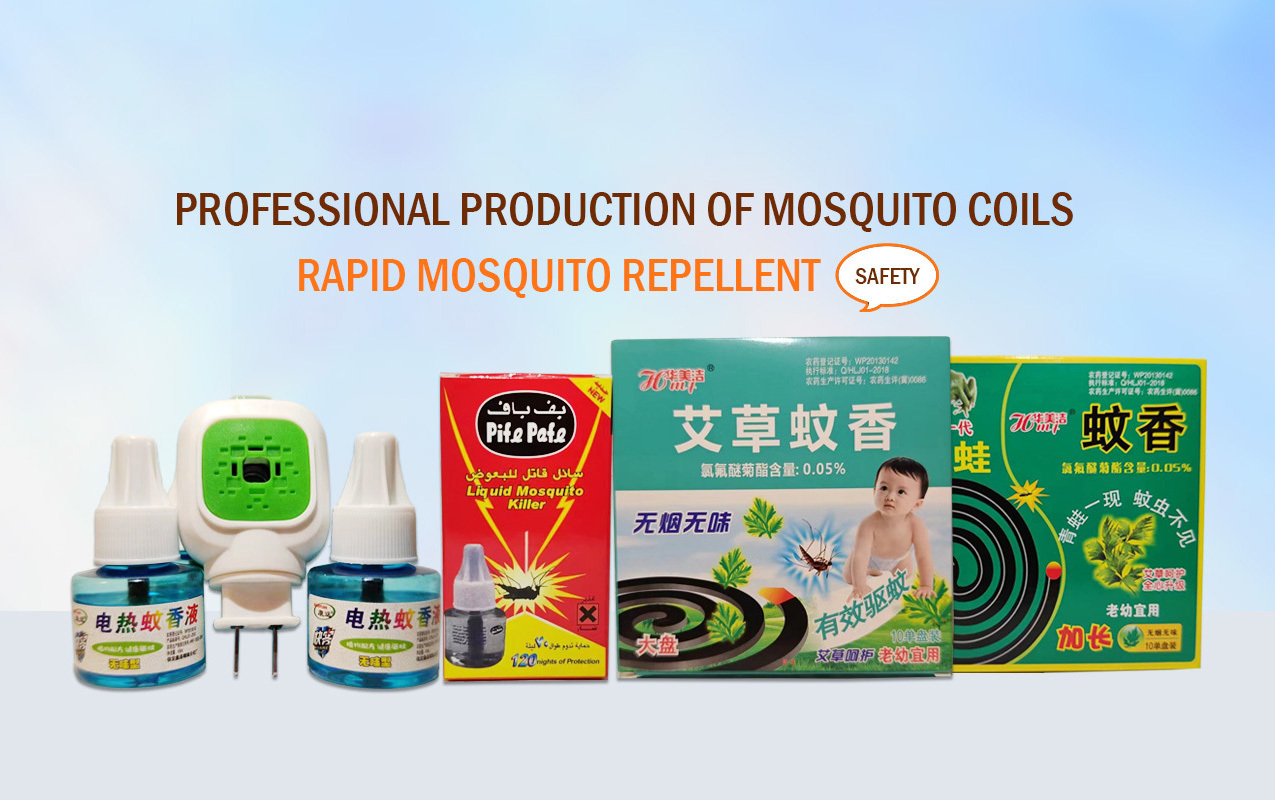19
2024-08
Understanding Insect Killer Sprays: A Comprehensive Guide for Professionals
Insect killer sprays are widely used in agriculture to manage various pest populations that can threaten crop health and yield. These sprays contain active ingredients that target specific insects, providing a means to protect plants from infestations that can lead to significant economic losses. Understanding the composition and functioning of these sprays is crucial for agricultural professional
18
2024-08
Why Choosing the Right Insect Killer Spray Matters: A Comprehensive Guide to Effective Pest Control
Why Choosing the Right Insect Killer Spray Matters Pest control is a critical aspect of agricultural practices. With an ever-growing number of insecticides available on the market, selecting the appropriate insect killer spray can dramatically influence the health of your crops and the overall yield of your harvest. Understanding the various insecticides, their mechanisms, and the potential conseq
17
2024-08
The Essential Guide to Insect Killer Spray: Effective Solutions for Pest Management
Insect killer sprays are a key component in the realm of pest management, particularly in agriculture. These sprays are designed to target and eliminate various types of insects that can pose significant threats to crops. Understanding how these products work, their applications, and safety measures can empower farmers and agricultural professionals to make informed decisions. One of the primary f
16
2024-08
Effective Tips for Using Insect Killer Spray in Your Garden
Effective Tips for Using Insect Killer Spray in Your Garden Introduction to Insect Killer Spray In the world of gardening, pest control is a significant concern for both amateur and professional gardeners. **Insect killer sprays** serve as an essential tool in managing pest populations that threaten plant health. Understanding how to effectively utilize these sprays can lead to a bountiful garden
15
2024-08
Effective Organic Pest Control for Your Garden: Sustainable Solutions for a Healthy Harvest
--- Organic pest control for gardens is gaining popularity among professionals seeking sustainable and environmentally friendly methods to manage pests. Unlike traditional chemical pesticides, which can have detrimental effects on both the environment and human health, organic pest control focuses on natural solutions that promote a balanced ecosystem. This approach not only protects your plants b
14
2024-08
Top 10 Effective Organic Pest Control Methods for Home Gardens
Top 10 Effective Organic Pest Control Methods for Home Gardens Introduction to Organic Pest Control in Home Gardens In recent years, the awareness of environmental challenges and health concerns surrounding chemical pesticides has surged. As more home gardeners transition to **organic practices**, the demand for effective, eco-friendly pest control methods has grown. Not only do these methods prio
13
2024-08
Effective Organic Pest Control Strategies for Your Garden
Organic pest control is an essential practice for any gardener looking to maintain a healthy and sustainable garden environment. Unlike conventional pest control methods that often rely on synthetic chemicals, organic pest control uses natural techniques and substances to manage pest populations effectively. This approach offers numerous benefits, including reduced environmental impact, improved s
12
2024-08
Why Choosing Organic Pest Control for Your Garden is Essential
Why Choosing Organic Pest Control for Your Garden is Essential Table of Contents Introduction to Organic Pest Control Understanding the Basics of Pest Control Benefits of Organic Pest Control for Your Garden Common Organic Pest Control Methods Natural Pesticides Beneficial Insects Companion Planting Physical Barriers
11
2024-08
The Essential Guide to Pesticides for Mosquito Control in Agriculture
Mosquitoes are not just a nuisance; they pose significant threats to both human health and agricultural productivity. As vectors for various diseases such as malaria, dengue fever, and Zika virus, controlling mosquito populations is essential, especially in agricultural environments where livestock and crops can be adversely affected. This is where pesticides for mosquito control come into play. P
Contact Us
Leave Us A Message



